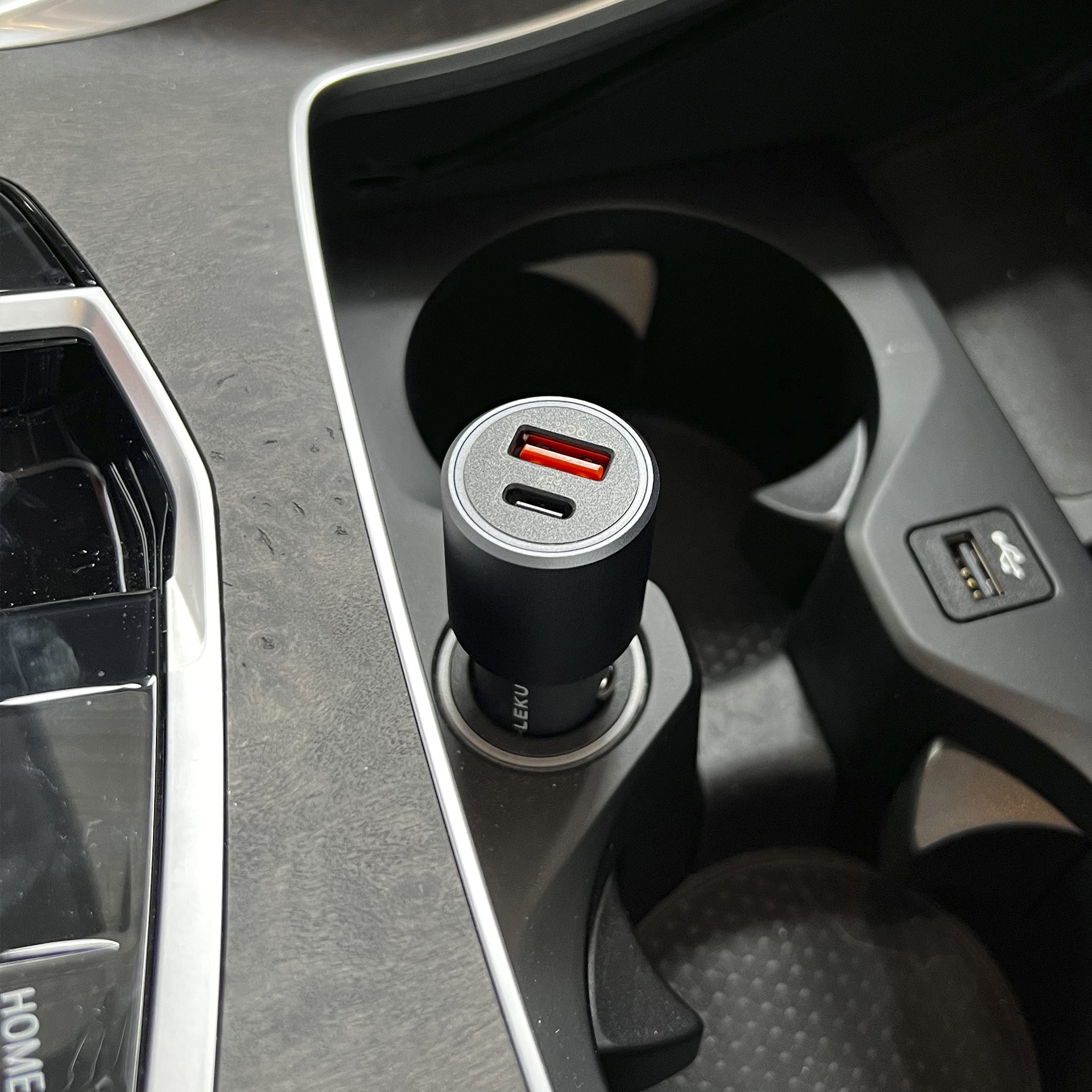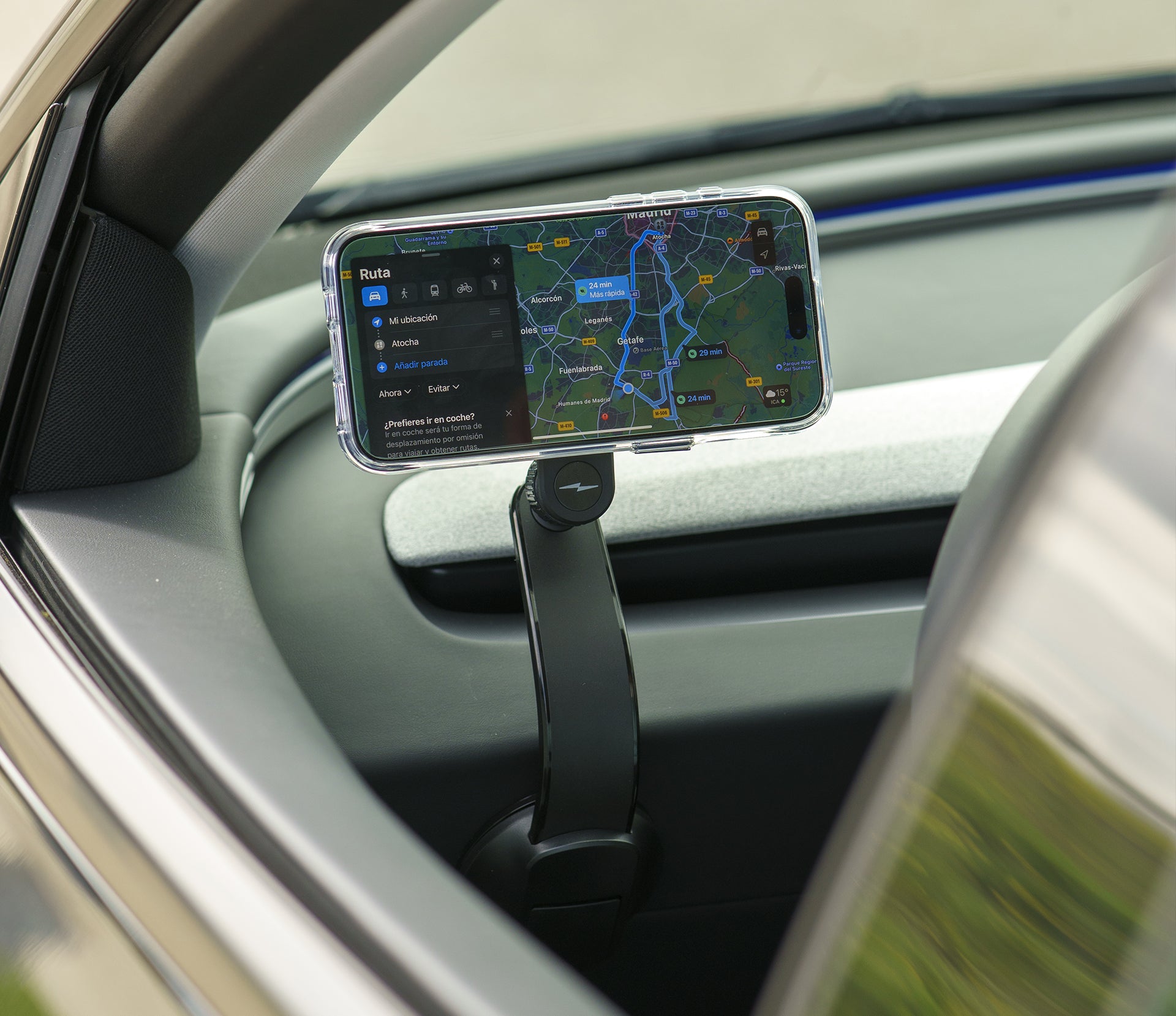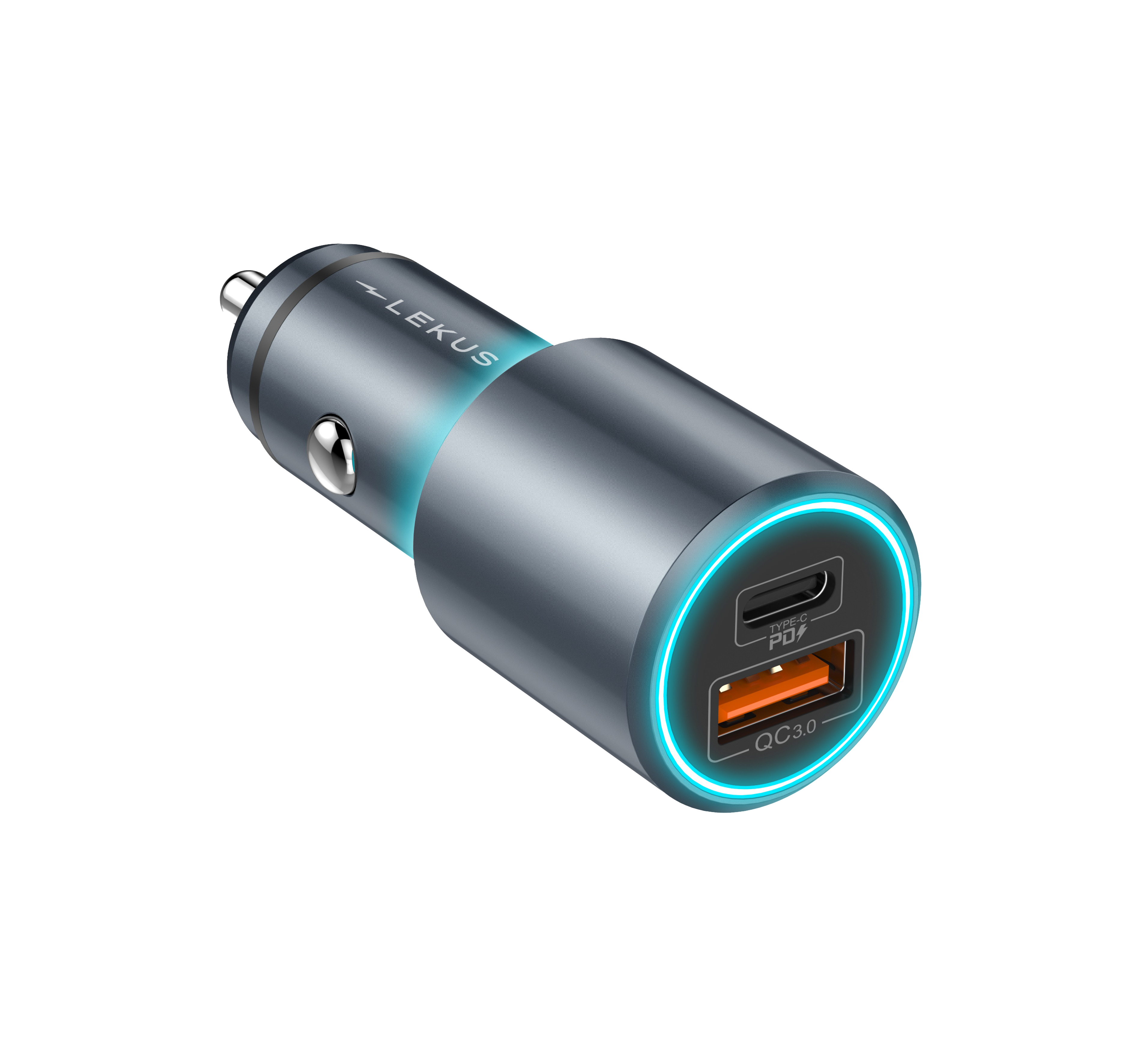
The Increase in Watt Consumption in Electronic Devices
The demand for electronic devices is experiencing exponential growth year after year. Along with this trend, an equally notable phenomenon has emerged: the ever-increasing need for watts to power these devices. From smartphones to smart appliances to industrial equipment, everything requires a significant amount of energy, and therefore, high-wattage chargers are increasingly necessary. In this article, we'll explore the reasons behind this increase in watt consumption by electronic devices, as well as the implications this has for society and the environment .
Technological Advances and More Complex Functionalities
Technological advances have led to the creation of increasingly powerful electronic devices with more complex features. Smartphones , for example, now not only make calls and send messages, but also act as high-resolution cameras, gaming consoles, productivity tools, and much more. These additional features require increased power consumption to maintain optimal device performance.
High Resolution Screens and Larger Sizes
The trend toward higher-resolution, larger displays also contributes to increased power consumption. High-resolution OLED and LCD displays consume more power than older versions, especially when used for video playback and graphics-intensive games. Additionally, the increase in screen size means more power is needed to illuminate and maintain visibility over larger areas.
Constant Connectivity and Wireless Networks
Constant connectivity via Wi-Fi, Bluetooth, and cellular networks is another major reason behind the rising power consumption of electronic devices. Most modern devices are designed to remain connected all the time , requiring constant power to maintain communication with other devices and cloud servers.
Increased Demand for Processing and Storage
With the increasing amount of data we generate and consume, electronic devices require more processing and storage power to handle this workload . From artificial intelligence applications to big data analytics, the demand for advanced computing capabilities is constantly growing , resulting in increased energy consumption.
Environmental Impact and Sustainability Considerations
While the increasing wattage consumption of electronic devices drives innovation and technological progress, it also poses significant challenges in terms of sustainability and environmental stewardship . Rising energy demand leads to increased consumption of natural resources and increased greenhouse gas emissions, which contribute to climate change and other environmental issues. High-power multi-port chargers contribute to environmental sustainability by allowing multiple devices to be charged from a single outlet, reducing power consumption.
Conclusion
The rising wattage consumption of electronic devices is a trend that reflects the evolution and increasing complexity of modern technology. As devices become more powerful and multifunctional, it's natural that they require more energy to meet our ever-increasing demands. 100W multi-port chargers are a great option for powering multiple devices at once, saving energy, space, and money . However, it's crucial to address this increase in energy consumption sustainably by developing more efficient technologies and promoting responsible energy use practices to mitigate its negative impact on the environment.











